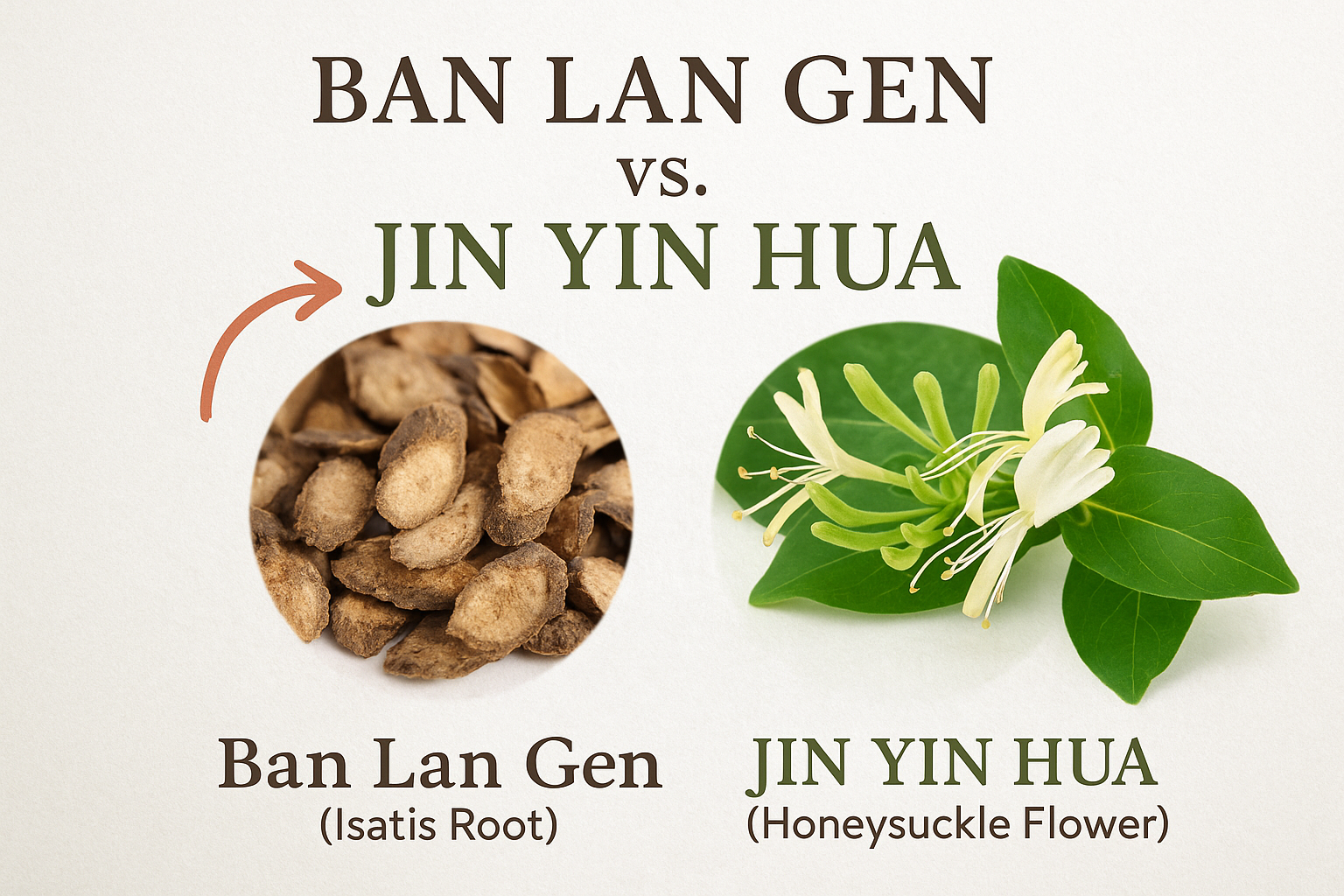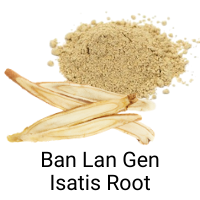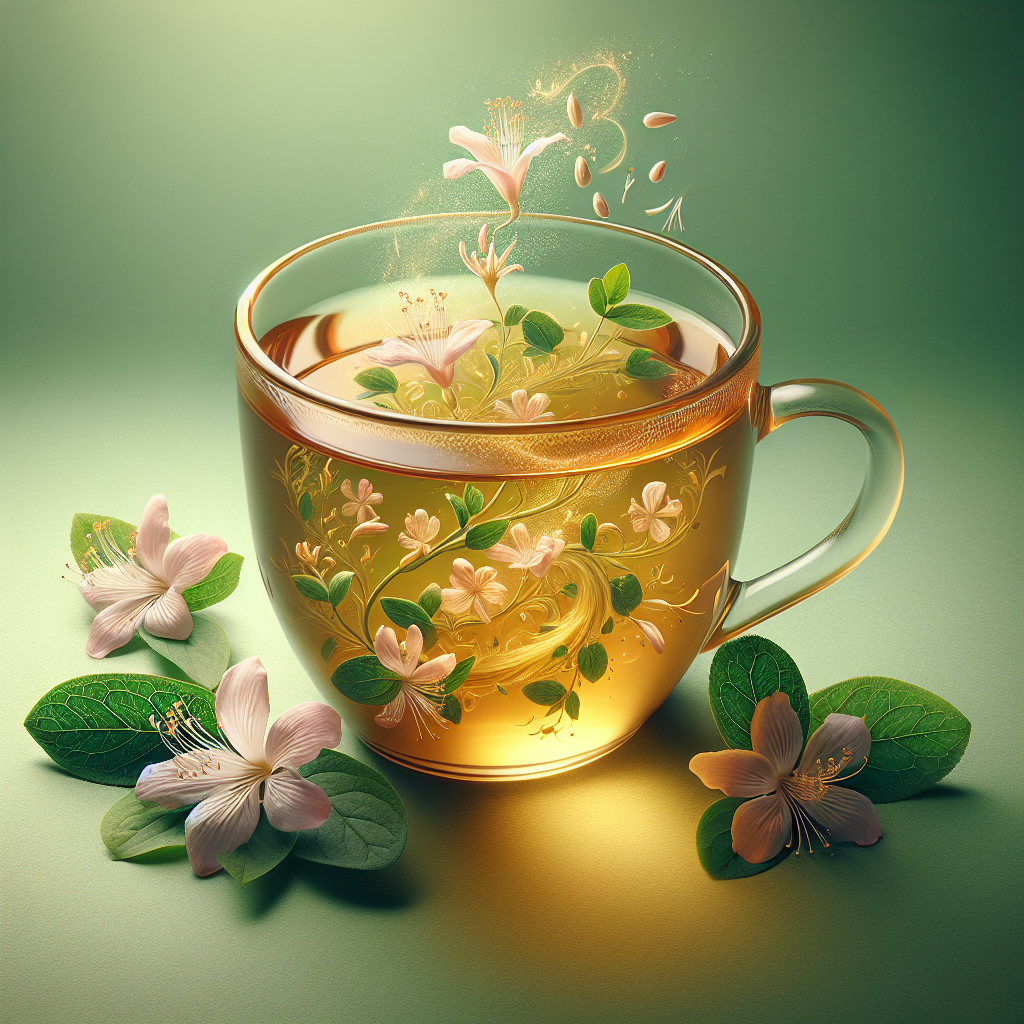Ban Lan Gen vs. Jin Yin Hua: The Complete TCM Guide to Choosing the Right Herb
Trusted, Lab-Tested Chinese Herbs Since 1994 • 1st Chinese Herbs
Ban Lan Gen (Isatis Root) clears heat toxins from the throat, lungs, and blood in TCM. Jin Yin Hua (Honeysuckle Flower) clears heat, releases the exterior, and targets early-stage wind-heat. This definitive guide explains the differences, how to choose the right herb, how to use them, when to combine them, safety guidelines, brewing instructions, and what most websites leave out.

If you’ve searched online for natural herbal support during the cold, scratchy-throat, seasonal-change months, you’ve probably seen Ban Lan Gen and Jin Yin Hua recommended everywhere.
But here’s the problem:
Most websites — even major herbal retailers — mix these two up, oversimplify the differences, or fail to explain how to choose the right herb for the situation.
This guide changes that.
We give you the deep TCM explanation, the consumer-friendly version, and the real-world usage clarity needed to choose confidently. Our goal is simple:
Make you the most educated herbal shopper online — and we invite you to keep coming back because our information is actually useful, complete, and trustworthy.
What’s the Difference?
| Herb | Best Known For | Category | Speed | Primary Focus | Best Stage |
|---|---|---|---|---|---|
| Ban Lan Gen (Isatis Root) | Clears heat, resolves toxicity, benefits throat | Clear Heat & Resolve Toxicity | Moderate | Throat, lung heat toxins | Mid-stage |
| Jin Yin Hua (Honeysuckle Flower) | Releases exterior, clears heat, vents wind-heat | Clear Heat & Relieve Toxicity | Fast | Early wind-heat, mild sore throat | Early stage |
 1. What Is Ban Lan Gen?
1. What Is Ban Lan Gen?
Botanical: Isatis tinctoria Radix
English: Isatis Root
TCM CATEGORY: Clear Heat & Resolve Toxicity
Taste & Temperature: Bitter, Cold
Meridians: Heart, Lung, Stomach
Traditional Functions (TCM)
-
Clears heat toxins
-
Benefits the throat
-
Cools the blood
-
Supports seasonal defenses
-
Addresses deep heat affecting the upper body
Why Choose It
Ideal for “heat toxin” patterns involving the throat or lungs, especially when things feel inflamed or intense.
PubMed
-
Isatis contains indirubin and indigo compounds with documented activity pathways (PMID: 32159334).
-
Studies show immune-modulating properties (PMID: 26674442).
2. What Is Jin Yin Hua?
Botanical: Lonicera japonica Flos
English: Honeysuckle Flower
TCM CATEGORY: Clear Heat & Relieve Toxicity / Release Exterior
Taste & Temperature: Sweet, Cold
Meridians: Lung, Stomach, Large Intestine
Traditional Functions (TCM)
-
Releases wind-heat from the exterior
-
Clears heat, vents pathogens early
-
Clears mild toxicity
-
Harmonizes the upper body pathways
Why Choose It
Perfect for the first sign of heat invading: scratchy throat, mild discomfort, feeling “off.”
PubMed
-
Honeysuckle has chlorogenic acids studied for antioxidant pathways (PMID: 27215404).
-
Shown in research to support normal immune responses (PMID: 29562617).
3. The TRUE Difference: Toxin Heat vs. Wind-Heat
⭐ Ban Lan Gen = heat toxins (deeper, stronger, hotter)
Think:
-
Throat feels “angry”
-
Heat feels heavy or intense
-
Color changes (TCM sign of toxicity heat)
⭐ Jin Yin Hua = early-stage wind-heat (lighter, surface-level)
Think:
-
Scratchy
-
Slight heat
-
Early “tickle”
-
Mild throat sensations
4. How to Choose: Decision Tree
Q1: Did it start TODAY or yesterday?
✔ Yes → Jin Yin Hua
Q2: Does your throat feel “inflamed,” hot, or swollen?
✔ Yes → Ban Lan Gen
Q3: Do you feel heat at the surface?
✔ Yes → Jin Yin Hua
Q4: Is the heat deeper, stubborn, or intense?
✔ Yes → Ban Lan Gen
Q5: Unsure or mixed signs?
✔ Use both
(Classical pairing in many formulas)
5. When to Use Each Herb
⭐ Choose Ban Lan Gen when:
-
Throat is very hot, red, or irritated
-
Heat feels deep
-
Throat discomfort is more intense
-
Color changes appear
-
You need “heavier-duty” heat-toxin clearing
-
You want tea granules for rapid use
⭐ Choose Jin Yin Hua when:
-
Very early onset
-
Mild scratchy throat
-
Feeling “off”
-
Wind-heat entering
-
Symptoms are light
-
Seasonal support is needed
6. Can You Combine Them?
Absolutely.
Ban Lan Gen breaks the deeper heat.
Jin Yin Hua vents the surface heat.
Used together in classical formulas like:
-
Yin Qiao San (Jin Yin Hua primary) – early stage
-
Ban Lan Gen Chong Ji – deeper stage
-
Combined in many modern seasonal formulas
This pairing offers two layers of clearing:
✔ Outside (wind-heat)
✔ Inside (toxin-heat)
 7. How to Use the Herbs
7. How to Use the Herbs
⭐ Whole Herb (Traditional Decoction)
-
Ban Lan Gen: 9–15g
-
Jin Yin Hua: 6–12g
Simmer 20–30 minutes.
⭐ Powder (1–2g)
Mix into warm water, 1–2x daily.
⭐ Extract Powder (Best for quick use)
-
¼–½ tsp each
-
1–2 times daily
-
Combine equal amounts for dual-action support
8. Best Form to Choose
| Form | Best For | Why |
|---|---|---|
| Whole Herb | Traditionalists | Strongest classical effect |
| Powder | Quick use | Easy to mix |
| 5:1 or 10:1 Extract | Most consumers | Fast, convenient, potent |
| Tea Packet | Beginners | Taste + ease |
9. Common Mistakes People Make
❌ Using Jin Yin Hua when the heat is already deep
❌ Using Ban Lan Gen too early
❌ Thinking they are interchangeable
❌ Taking a single herb when a formula is needed
❌ Brewing Ban Lan Gen for less than 20 minutes
❌ Not combining with harmonizers like Gan Cao
10. TCM History & Folklore Ban Lan Gen
Referenced in:
-
Shen Nong Ben Cao Jing
Known as the “root that cools the fire in the throat.”
Jin Yin Hua
Referenced in:
-
Wen Bing Tiao Bian (Warm Disease School)
Historic notes describe it as:
“Sweet flower that vents the wind before it enters.”
11. Safety & Cautions
Ban Lan Gen
• Very cooling — avoid with cold-type patterns
• Traditionally used short-term
• Always balance with harmonizers in TCM formulas
• Avoid in pregnancy unless supervised
Jin Yin Hua
• Cooling
• Avoid overuse in cold constitutions
• Not recommended with digestive cold
• Avoid in pregnancy without practitioner guidance
12. “People Also Ask” FAQ
1. Are Ban Lan Gen and Jin Yin Hua the same herb?
No — they have totally different actions.
2. Which works faster?
Jin Yin Hua.
3. Which herb is better for intense throat heat?
Ban Lan Gen.
4. Is Jin Yin Hua good for early symptoms?
Yes — ideal for early wind-heat.
5. Can I take both together?
Yes — common in modern formulas.
6. Which one is a flower?
Jin Yin Hua.
7. Which one is a root?
Ban Lan Gen.
8. Are they safe long term?
Traditionally used short-term based on pattern.
9. How do I brew them?
Simmer 20–30 min (whole herb).
10. Which extract is stronger?
10:1 extract powders.
11. Is Jin Yin Hua sweet?
Yes — naturally sweet.
12. Is Ban Lan Gen bitter?
Yes — cool and bitter.
13. Can children use these herbs?
Only with practitioner guidance.
14. Are these herbs good year-round?
Yes — evergreen seasonal support.
15. Which formulas contain these herbs?
Ban Lan Gen Chong Ji, Yin Qiao San.
13. Comparison Chart
| Feature | Ban Lan Gen | Jin Yin Hua |
|---|---|---|
| Part Used | Root | Flower |
| Nature | Bitter, Cold | Sweet, Cold |
| Category | Clear Heat & Resolve Toxicity | Clear Heat + Release Exterior |
| Best For | Intense throat heat | Early wind-heat |
| Speed | Medium | Fast |
| Depth | Deep | Surface |
| Best Form | Extract Powder | Flower Tea or Extract |
14. Shop This Herb
✔ Ban Lan Gen (Whole, Powder, Extract)
✔ Jin Yin Hua (Whole Flowers, Powder, Extract)
15. You May Find These Articles Interesting
Common Mistakes And How To Fix Them
Free E-Book - 10 Vital Herbs That Work


